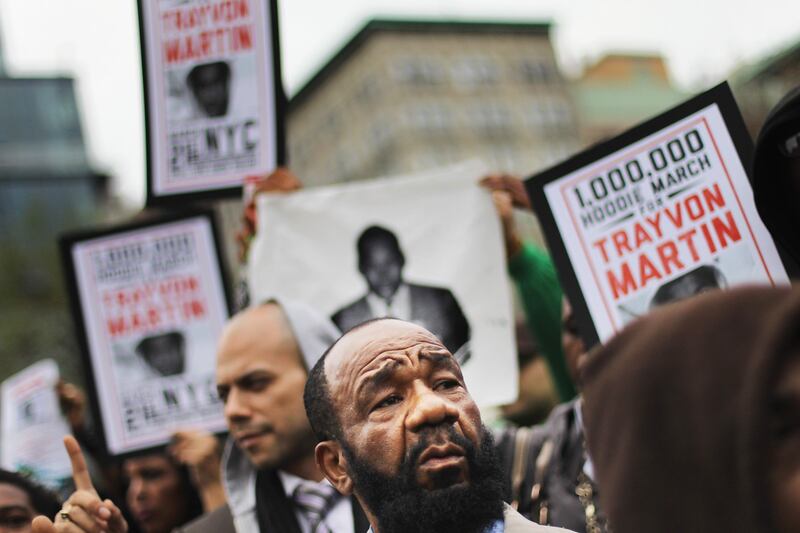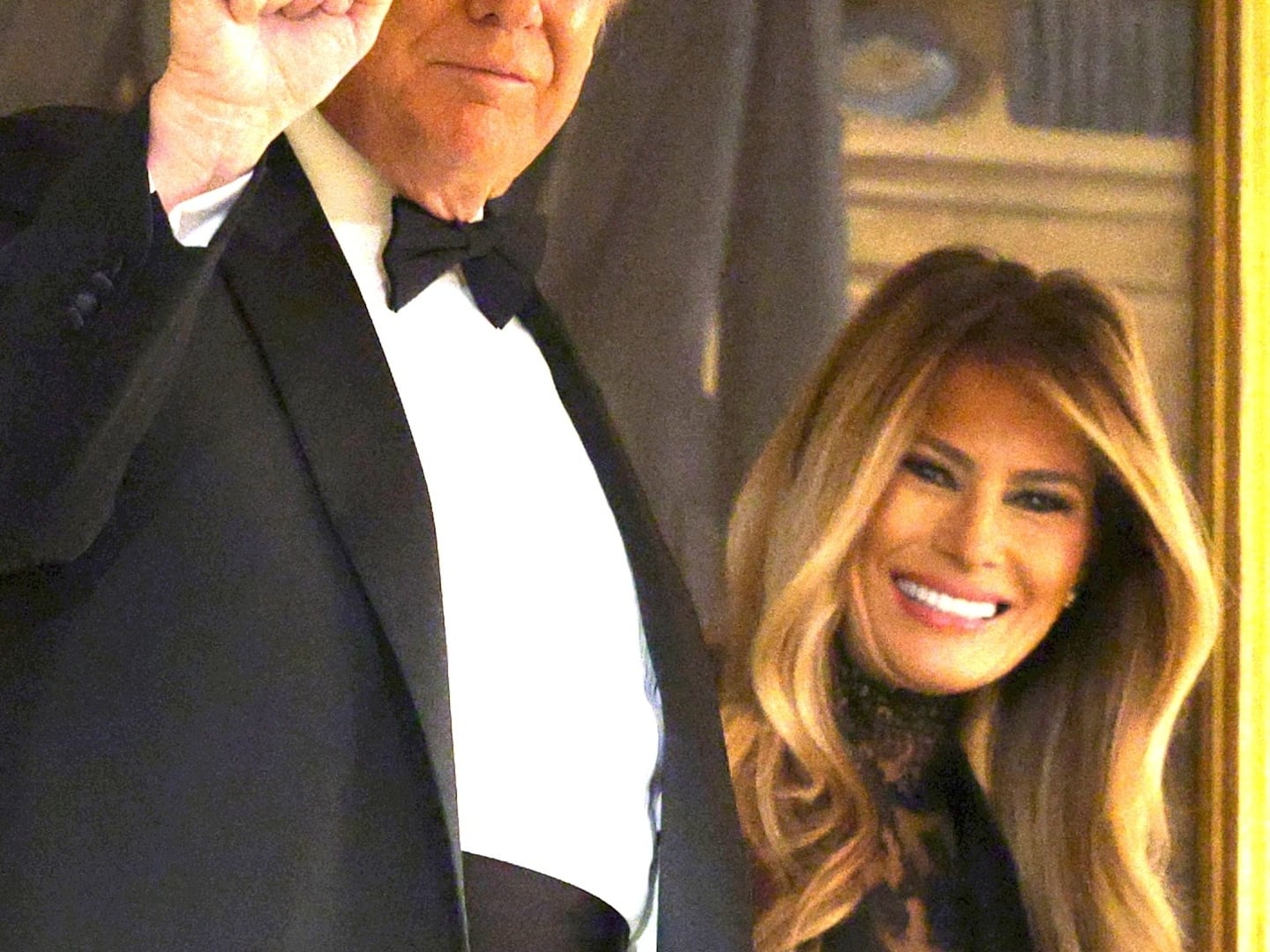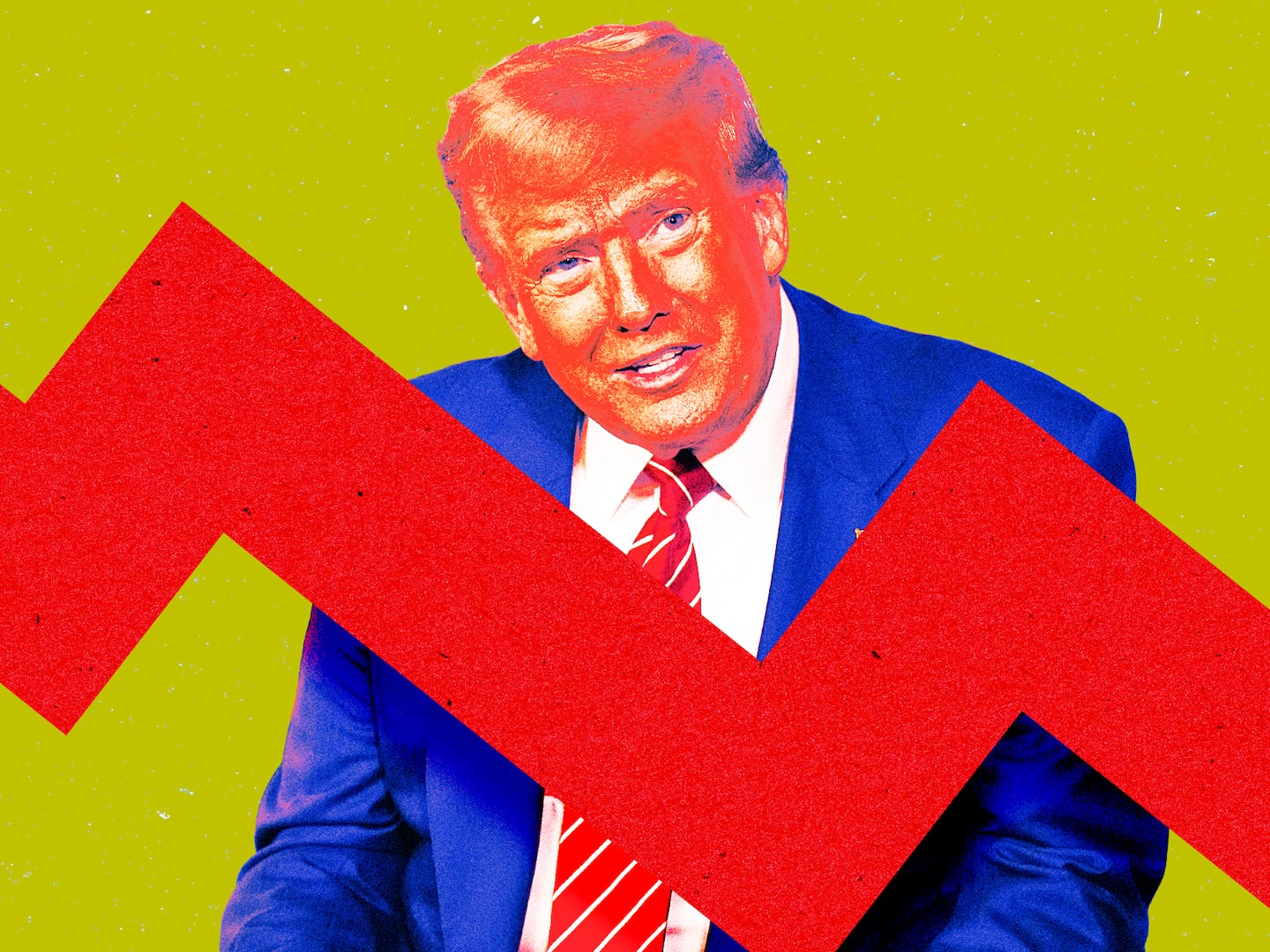The question I hear the most these days, from fellow occupiers as well as passersby and press members: “What’s going to happen next?” I don’t know, none of us do. That’s why the occupation has been such a compelling story.
At times, Occupy Wall Street has been electrifying: the epic stand on “sanitation day” in October, when Mayor Bloomberg announced he would close Zuccotti Park for “cleaning” as a means of evicting the movement only to back down when occupiers furiously scrubbed the sidewalk through the overnight, and thousands joined them to defend the park at dawn, filling it to bursting; the Oakland solidarity march when occupiers lifted the orange “kettling” nets away from the NYPD in an elating moment of triumph over the NYPD, Bloomberg’s “army”; the triumphant return to Liberty Square on eviction day. When it’s right, Occupy makes you believe in its power to change the world. It comes down to something more than a standoff with the local police, a sense that larger issues of economic fairness and citizen enfranchisement are at play, that we can reclaim our government and our commons from the moneyed interests that have co-opted both, and that what had seemed like pipe dreams are moving into reach as the movement’s message spreads and its numbers grow.
Those moments alternate with deflating ones, when Occupy feels like a depressing reminder of the world we’re stuck with now: tepid protests where unions and the street team of the Democratic Party try to assume the mantle of the occupation, like the “march” outside the Mitt Romney fundraiser at the Ritz Carlton this month where a small group circled the block holding up preprinted signs; a hackneyed TV commercial; the Occupy-themed book parties where the city’s aspiring intelligentsia drink and mingle; and perhaps worst of all the “occupied office” that mirrors the way of life and social organization so many of us are fighting to move past.
Occupy’s big tent—its aspiration to represent the vastly varied 99%—and its leaderless movement’s need to respond to the state’s shifting tactics to regulate dissent make some of these missteps inevitable.

The uplifting moments of truth have come from a foundation of sweat: from the People’s Library, the artwork—banners, posters, and the brilliant puppets—the planning sessions, the sometimes endless general assemblies and spokes council meetings, working groups and training sessions. Another world is possible, but creating it is grinding work we’re determined to do even if the television cameras and reporters who’ve helped to spread and too often also to distort the message prefer to key in on the easy visuals of public theater.
And that theater has lost some of its shock value over time, as New York and other cities have taken a harder line and emptied out most of the nation’s encampments. The tactic of occupation has passed its half-life, leaving the Occupation to scramble for new footing this spring.
Last week, occupiers mingled with two distinctly different worlds, both efforts at outreach toward building a wider coalition.
Wednesday began with the “Million Hoodie March” for Trayvon Martin. The murdered 17-year-old’s parents were both in attendance, and spoke passionately to a crowd of several thousand, setting a mood that was both mournful and charged with a palpable sense of anger.
This was not a typical Occupy crowd—the assembled were largely working-class New Yorkers of color, a segment the protest has been criticized for not attracting. Many were middle aged and weren’t looking to us for cues; these people know all too well about police violence, and when they took to the streets officers gave a wide berth. The chant of “Whose Streets? Our Streets!” was charged with new meaning over two hours of pure adrenaline, zig-zagging through the streets of New York, chanting and singing, standing off with the police, who knew better than to try to intimidate this crowd, and seeing them back down. The goal isn’t a staring match with New York’s Finest, but after months of enduring their intimidation tactics and worse, it was a pleasure to see them look down and give ground.
The numbers on this march represented a leap for OWS—from the hundreds in recent months back to thousands—and with everyone dressed in hoodies, occupiers were effectively camouflaged, with no easy way for the NYPD to single them out from “ordinary New Yorkers” and employ its bullying tactics. The marchers looked like what they are: citizens, occupying in the plainest sense of the word the city’s public spaces.
After looping back toward Union Square, the march split, with one group heading north toward Times Square while another moved south, pouring through the streets. The traffic snarled, taxi horns blared as cabbies raised their fists in support, even those without fares to make the delay pay.
The southbound march headed toward City Hall and One Police Plaza, feinted toward the Brooklyn Bridge, bringing a phalanx of cruisers to block the crossing. Instead, the march proceeded down Broadway, where police had Zuccotti Park surrounded and penned off. Continuing down Broadway, the unmistakable sound of metal barricades dragging on concrete could be heard ahead. Protesters and police ran toward the Wall Street Bull. We arrived first, cleared the barricades, and some climbed atop the bull, posing triumphantly.
Meanwhile, at the Bowery Hotel, a posh gathering of the would-be bold-faced called the Awareness Experiment, among them Penn Badgley of Gossip Girl, his girlfriend Zoe Kravitz, Lenny’s daughter and a star of X-Men First Class, director Darren Aronofsky, internet mogul Sean Parker, and musician Sean Lennon for a chic Occupy-themed party filled with up-and-coming models and filmmakers.
One attendee, an attractive woman in her 20s, passionately defended the soiree as a way for certain people to connect with Occupy. “Why can’t they just show up?” I asked her after arriving from the march. “These people would never do that,” she said.
Here, the 99% was less than 10%, as a dozen or so occupiers among the 200 or so on-the-make minglers. A mid-tempo rock band played behind the conversation as images from the occupation were projected onto the wall behind to establish the ambience, and partiers gulped down $11 glasses of wine.
Laurie Penny wrote about the first of these parties in her piece, The return of the Radical Chic evening, Badgley that night picked up a working microphone to call out “mic check,” apparently not understanding that the people’s mic emerged because the police refused to let us use amplification.
“The room is also full of people who have spent much of the last three months sleeping outside in the cold, learning how to organize by consensus. Everyone is dressed in grungy black leather, slouchy boots and sweaters, some from thrift stores, some engineered at great expense to look like they come from thrift stores. So it’s surprisingly difficult to tell the difference between the actors and the activists until they open their mouths.”
Wednesday, Sean Parker, the Napster founder played by Justin Timberlake in The Social Network careened around the room speaking with a fake British accent. Aiming his ramped-up energies at a young female occupier, his antics descended into play fighting. “He went all octopus arms on me,” said the occupier. “Gross.” A woman who knew Parker eventually arrived and took him away.
Two dedicated journalists, Josh Harkinson and Sam Seder, brought in as Occupy “experts,” spoke about their experiences covering the story from the ground over many months, and to assess how mainstream and independent media have dealt with the occupation. It was hard to hear them over the din, and they kept their remarks brief as most listeners seemed anxious to return to their cocktails and cliques.
Tom Wolfe’s 1970 description of Radical Chic is still apt: “The very idea of them, these real revolutionaries, who actually put their lives on the line, runs through [the party] like a rogue hormone.”
“They gave me this,” said occupier Shawn Carrie on Wednesday, swirling a big glass of whiskey. “After I drink it, I’m leaving.”
I sat down by Shawn, who still had a boot mark on his face from his violent arrest just days earlier; he had gotten a text blast from Direct Action: “meeting now to prepare park defense strategy for midnight.” We decided that before we left we would alert the group to the situation at Union Square.
Shawn waited for a break in the music from the live band and shouted “mic check!”
I echoed: “mic check!”
It didn’t penetrate the chatter. Someone replied, “your mic checks don’t work here.”
Shawn took the actual microphone from the band, and told the crowd, “if you want to find out what Occupy Wall Street is really about, then come on over to Union Square right now.”
With that, several occupiers walked out and headed there, where more than 500 police officers were amassing in response to a crowd not so much larger than that, to enforce the department’s new policy of barricading the south steps at midnight to keep the occupiers out. With most of the Hoodie March gone, it was an odd dynamic as the clock approached 12 and the newly implemented shutdown of the steps— which had always been open to the public 24-hours-a-day until we’d come up there—was slated to begin.
Occupiers counted down to midnight, New Year’s Eve style, as they prepared for the cops to move forward in formation. All the while, livestreamers paced around, narrating the play-by-play into their cameras while waiting for the action—any action—to happen. I felt my adrenaline fade, replaced by a strained feeling of boredom. The protesters and the police played cat and mouse, each group magnetically drawn to the other and determined to play out the string until dawn, when the park reopened to the public.
In one sense the scene seemed something like the caricature that Occupy’s misinformed critics would paint it as, while in another sense, it simply looked a lot like Union Square always does on a warm spring night: a screaming guy sitting in a tent with a frog on top of it, a hacky sack circle, a huge 9/11 truther sign, park kids taking in the scene, a few young couples enjoying their dramatic public intimacy. A lot of very young men, and more unfocused anger at the police than talk about social and economic justice.
After midnight inside the park, the absurd, brutish spectacle of hundreds of officers barricaded together, by themselves, protecting what?
For the nucleus of the movement, there remains a patience and steadfastness. Occupation was and is about permanence and the refusal to let highs and lows distract us from our goal of total and fundamental change. And so the grinding goes on.
Off to the side, a few veterans of the heady Zuccotti days sat quietly, ignoring the police, discussing anarchist theory over dumpstered pastries. So long as the occupation keeps the conversation going, expect more to come.






